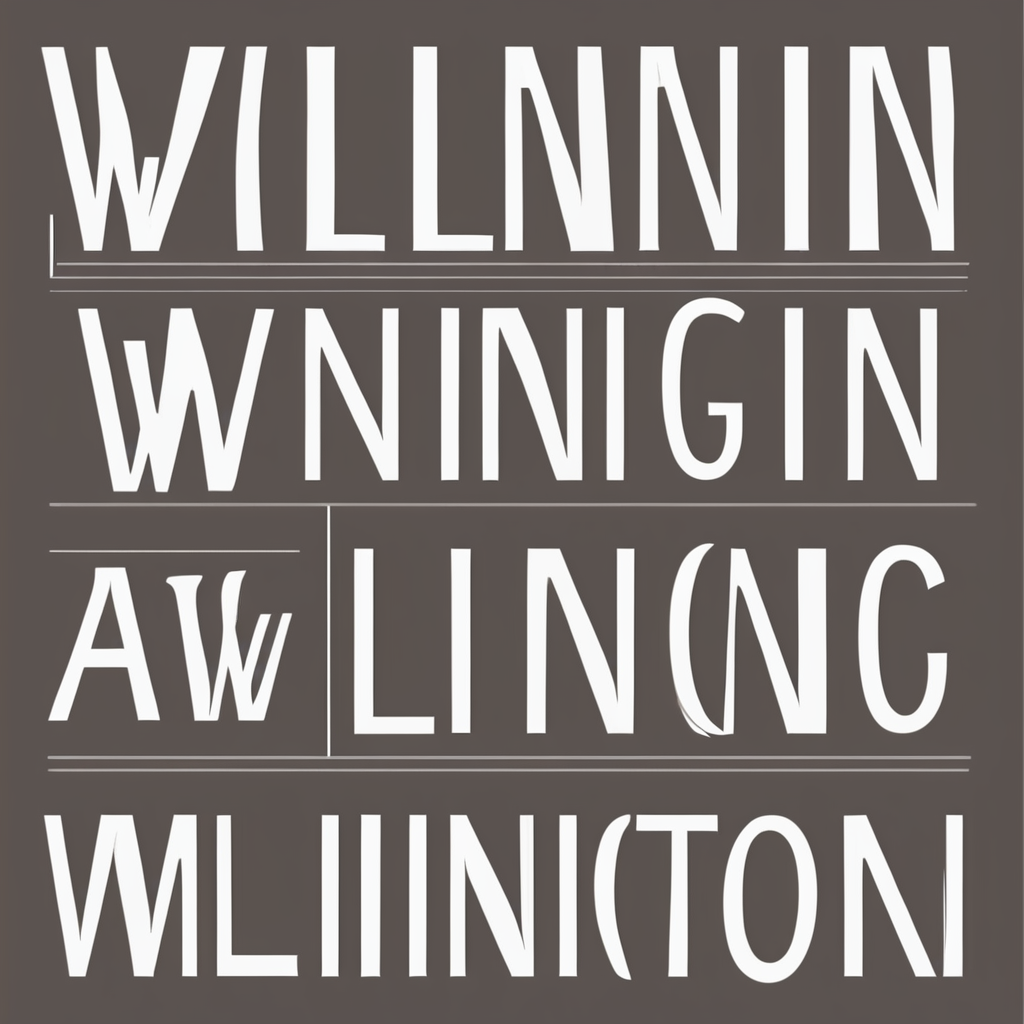Understanding Ergonomics in Home Office Design
Creating a productive and comfortable home office requires a strong grasp of ergonomics. This discipline focuses on optimizing furniture and tools to support healthier postures and reduce strain, which is paramount in any home office design. By understanding ergonomic principles, individuals can significantly enhance their productivity and minimize the risk of work-related discomfort or injuries.
In Victorian architecture, applying these principles can present unique challenges. The intricate and often compact nature of Victorian terraces necessitates careful selection and placement of office furniture and equipment. These homes often feature high ceilings and narrow rooms, which can make standard ergonomic setups challenging to implement.
Have you seen this : Revamp Your UK Utility Room: Expert Tips for a Chic and Functional Makeover
To effectively integrate ergonomics in a home office within a Victorian building, consider several factors:
- Furniture must be suitable for the period, yet functional for modern work needs.
- The workspace should encourage movement and adaptability.
- Pay attention to detail, like chair height and desk orientation, to align with ergonomic standards.
With creativity and thoughtful home office design, it is possible to create a space that respects Victorian style while offering modern comfort and efficiency.
Also read : Innovative Closet Conversions: Best UK Home Office Design Inspirations
Layout Considerations for a Victorian Home Office
When designing a Victorian home office, one must navigate the unique spatial constraints typical of such architecture. These homes often feature small, narrow rooms, making space optimization crucial. Start by selecting furniture that can serve multiple functions, such as desks with built-in storage or wall-mounted shelves, to keep the area tidy and efficient.
Adopting an open layout concept can be effective while preserving the historical structure. Consider using rugs or different paint colors to define distinct zones for work and relaxation without physical partitions. This method not only maximizes limited space but also maintains the airy feel of the Victorian style.
For effective zoning, prioritize areas that receive ample natural light for the workspace. This enhances productivity and comfort. Use screens or curtains to provide privacy and delineate areas without compromising the open feel. Experiment with furniture arrangements until you find a layout that supports both function and aesthetics. The goal is to create a space that feels inviting, encourages focus, and respects the elegance of a Victorian home.
Choosing Ergonomic Furniture
Selecting the right ergonomic furniture for your home office, especially within the context of Victorian architecture, requires a blend of aesthetics and functionality. The ideal option would be ergonomic office chairs that not only provide excellent lumbar support but also resonate with the Victorian design. Look for chairs crafted from robust materials like wood or leather to seamlessly integrate with period-specific features.
When picking a desk, prioritize height adjustability to promote good posture. Desks with built-in storage can serve as a multi-functional furniture solution, preserving the elegance of the Victorian space while enhancing usability.
In such compact spaces, opting for versatile furniture is essential. Pieces that can fold or expand, like drop-leaf tables, offer flexibility. Use vertical storage solutions, such as shelves or ladder-style bookcases, to maximize floor space.
Balancing the charm of Victorian style with modern ergonomic needs is the key. Thoughtfully chosen furniture can enrich your home office design while ensuring comfort and maximizing productivity, all without compromising the historical appeal of Victorian terraces.
Lighting Solutions for Productivity
The right lighting design plays a critical role in enhancing productivity within a home office. One key principle is maximizing natural light, which not only reduces eye strain but also boosts mood and energy levels. Positioning your desk near a window can leverage these benefits, promoting an invigorating workspace atmosphere.
Balancing modern lighting fixtures with period details is essential when working within Victorian architecture. Opt for fixtures that complement ornate features without overshadowing them. A mix of antique-style chandeliers and contemporary task lamps can maintain the room’s historic charm while ensuring sufficient illumination for various tasks.
Carefully consider light positioning to reduce glare and enhance focus. Placing task lighting on the opposite side of your dominant hand prevents shadows while working. Additionally, adjustable lamps offer flexibility, allowing you to direct light where it’s needed most at different times of the day.
Here are some key ideas:
- Use dimmer switches for customizable lighting levels.
- Incorporate layered lighting to combine ambient, task, and accent lights effectively.
- Consider reflective surfaces like mirrors to amplify natural light and maintain a bright, focused workspace.
These strategies facilitate a productive environment that respects the elegance of a Victorian home.
Color Schemes That Enhance Focus and Comfort
Choosing the right color scheme for your home office is vital for creating an environment that promotes focus and comfort. Understanding color psychology can aid in selecting shades that foster a serene yet stimulating atmosphere. Soft, neutral tones like greys and beiges can form a calming base, perfect for concentration. Meanwhile, subtle blues or greens can add a touch of energy without overwhelming the senses.
For Victorian design, integrating classic colors with modern palettes can provide a seamless bridge between old-world elegance and contemporary functionality. Rich, moody hues like deep reds or dark greens paired with modern accents can create a timeless yet refreshing aesthetic.
Accentuating architectural features with paint is another strategy for enhancing your workspace. Highlight features such as moldings or archways with contrasting colors to bring out the Victorian style without sacrificing modern comfort. Consider using lighter shades on walls and ceilings to make compact spaces feel more expansive, while darker tones can define specific zones within your office, enhancing both focus and relaxation.
Innovative Storage Solutions
Storage in Victorian interiors demands ingenuity to balance functionality and style while respecting historical elements. Victorian-era rooms often boast limited space yet an abundance of charm, requiring creative solutions to maintain a tidy workspace. Opt for furniture with concealed storage options, such as ottomans or benches with compartments, to keep the space uncluttered while maintaining period aesthetic.
Maximizing vertical space is crucial to effective storage in these narrow rooms. Installing tall bookcases or using wall-mounted shelves ensures that every inch is optimized. Ladder-style shelves can add a touch of Victorian elegance while providing ample storage.
Maintaining the balance between organization and style is vital. Consider stylish storage baskets or decorative boxes to keep small items hidden while adding a layer of visual appeal. Utilizing under-desk storage or hanging organizers keeps essentials accessible without encroaching on valuable floor space.
Incorporate furniture that offers multiple functions, such as desks with built-in drawers or cabinets. This approach not only respects the historical feel of Victorian architecture but also allows for a more organized and serene working environment, enhancing productivity within these distinctive settings.
Case Studies: Successful Revamps of Home Offices
Exploring case studies can inspire and illuminate the process of transforming Victorian terraces into functional home offices. These real-life examples showcase how designers overcame common challenges in such unique spaces, offering valuable insights for others.
One noteworthy project involved a Victorian terrace where limited space was a significant concern. The design team optimized the layout by incorporating vertical shelving and multi-functional furniture, which maximized storage without detracting from the architectural charm. The use of ergonomic furniture calibrated to fit the room’s dimensions minimized discomfort and enhanced productivity, demonstrating a successful integration of style and function.
In another example, the challenge was preserving period details while implementing modern comforts. By employing color psychology and strategic lighting design, the team created a balance between historical aesthetics and contemporary requirements. Use of natural light, supplemented by well-placed task lighting, maintained a bright and inviting workspace.
These design transformations highlight the importance of creativity and adaptability. By respecting the home’s history while prioritizing practicality, these examples offer a roadmap for effective and stylish home office redesigns in Victorian settings.
Final Touches: Personalizing Your Space
Adding personal flair to your home office can significantly enhance comfort and inspiration. Incorporating personalization ensures the space reflects your tastes, offering a unique blend of individuality and function.
Suggestions for Personal Items: Displaying personal memorabilia, such as family photos or travel souvenirs, can create a welcoming environment. These touches foster a sense of belonging, making your workspace more enjoyable.
Balancing Functionality and Style: The key is to blend decor with practicality. Opt for accessories that serve dual purposes, such as decorative yet functional storage or stylish desk organizers. This ensures you maintain both aesthetics and efficiency without clutter.
Ideas for Wall Art: Utilize wall space to add character without sacrificing valuable real estate. Artwork, whether it be prints or paintings, should complement the workspace dynamics—focusing on themes that stimulate creativity or offer tranquility. Additionally, consider using shelves as decor by displaying books or sculptures, adding dimension to flat surfaces.
These elements inject personality without overwhelming the workspace, fostering an inviting atmosphere conducive to productivity and satisfaction. By carefully merging personal touches with functional design, your home office becomes a personalized retreat.










